As responsible travelers evolve, so do the stories we share.
This article is part of our living archive — trusted content we continue to care for.
First published on August 19, 2015 • Last updated on June 21, 2017.
Cotopaxi was busy yesterday afternoon; at first, the volcano was sending signals of pure white vapor. In fact, it was difficult to tell if the volcano itself was active or if the clouds surrounding it were just hugging extra tight. But as the afternoon progressed, it became pretty clear that the white clouds came from the same location as the gray ash, sometimes the two mixed in ways to mimic incoming storm clouds. A Cotopaxi eruption seems imminent.
There is an irony that comes when watching a volcano. We hear words like eruption and we picture immediate danger. Yet Cotopaxi, like many before it, is playing games. I sat watching the game for a grand two hours this afternoon and was amazed at how slowly the clouds of ash and vapor crept forth from the crater rim. I had thought that a volcano would be more abrupt and send ash flying into the sky at an amazing rate. In fact, this volcano is dangerously addictive. Her slow dance makes one want to advance closer and closer in an attempt to see what she might really be up to. But even this adventurous photographer felt content at this distance, about 30 miles away. The release of dangerous vapors and acidic ash is anything but safe.
From my high point near the highway of Simon Bolivar, I could see not only Cotopaxi but the wide valley spread out below, the towns of Sangolqui and Conocoto and their large suburban neighborhoods sitting benignly in the afternoon light. A large eruption could change all that as the river channels that bring water to the farmlands and the cities of this valley might also carry the destructive lahars that could flow from the slopes of Cotopaxi itself.
As I waited and watched, I also spoke with the many locals who stopped by to see the volcano in action. The small highway road stop felt more like a holiday destination than a place of quiet observation. Children ran around playing tag while their parents spoke in loud voices about the excitement and the fear that Cotopaxi evoked. Many families were flying kites, a traditional summertime activity in the Sierra of Ecuador. Some kids snuck secret peeks at my camera until I invited them in closer to have a better look. It isn’t often that they see a gringa with a Nikon set up on the side of the road.
The quietest folks were also the oldest, the abuelas that stood with arms crossed and eyes fixed on the smoke rising in the distance. One old woman wrapped in a warm woolen shawl, her head topped with a hand knit cap, approached to tell me that her family lived below, on the slopes of Cotopaxi itself. When I asked if they were scared, she told me no but her eyes told a different story. She was not going to admit their fear, or her own, to a stranger from another country.
Hopefully, a Cotopaxi eruption will be a small one and the damage limited to the immediate areas around its slopes. But it seems more likely that Cotopaxi is getting ready for a larger eruption. According to the Instituto Geofísico of Ecuador, Cotopaxi has experienced a major eruption of VEI4 about every century. To put that into non-scientific perspective, we should be preparing for an eruption like the one recently experienced in Iceland (Eyjafjallajökull; 2010). If it ends up being slightly larger, it could match that of Mount St. Helens (1980).
Those of us living in the area will continue to watch and stay prepared. We have our homes stocked with extra food, water, and batteries, just in case we lose power for days at a time. We keep our gas tanks topped up. We have duct tape to seal the windows in our homes and spare sheets to cover the electronics have been pulled from the cupboards, just in case the ash falls heavy in our neighborhoods. Those of us living in low-lying areas have been told to plan for evacuation. If you are concerned, please take a look at the article I wrote earlier this week that includes a map of potential area of evacuation and a few pointers on how to deal with the fallout of an actual eruption. Although there is reason for concern, there is no reason to panic.
The video below has been sped up 4x in order to show you Cotopaxi in action… her dance is a little slow to watch at regular speed:

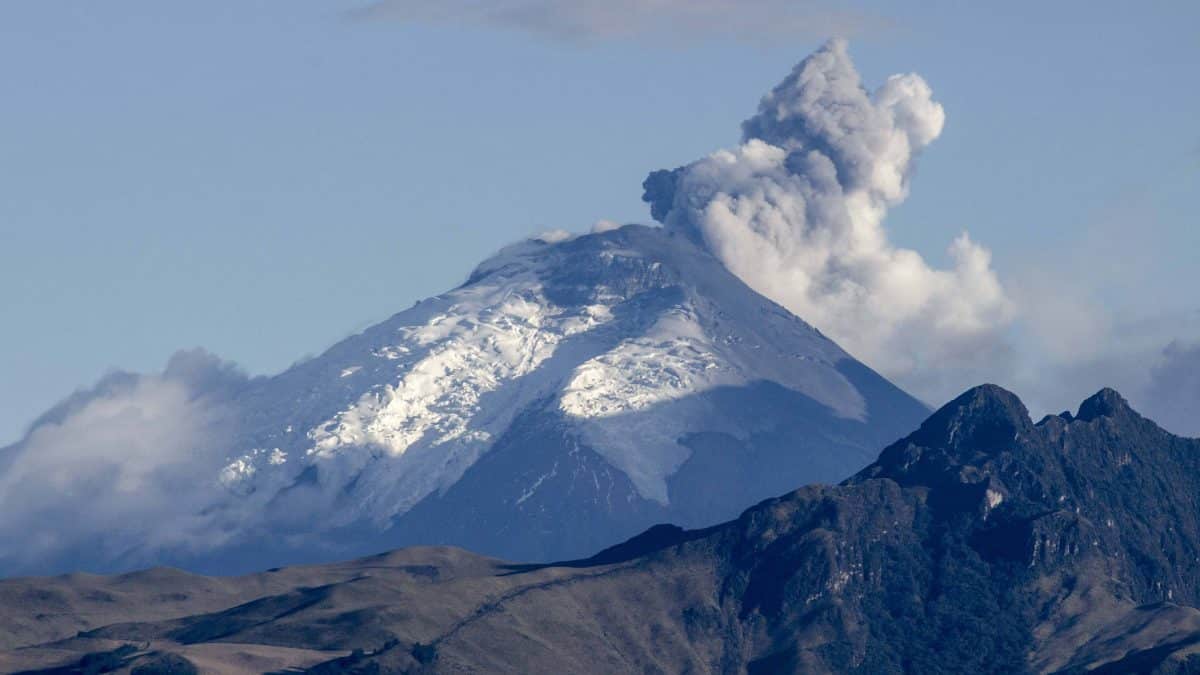
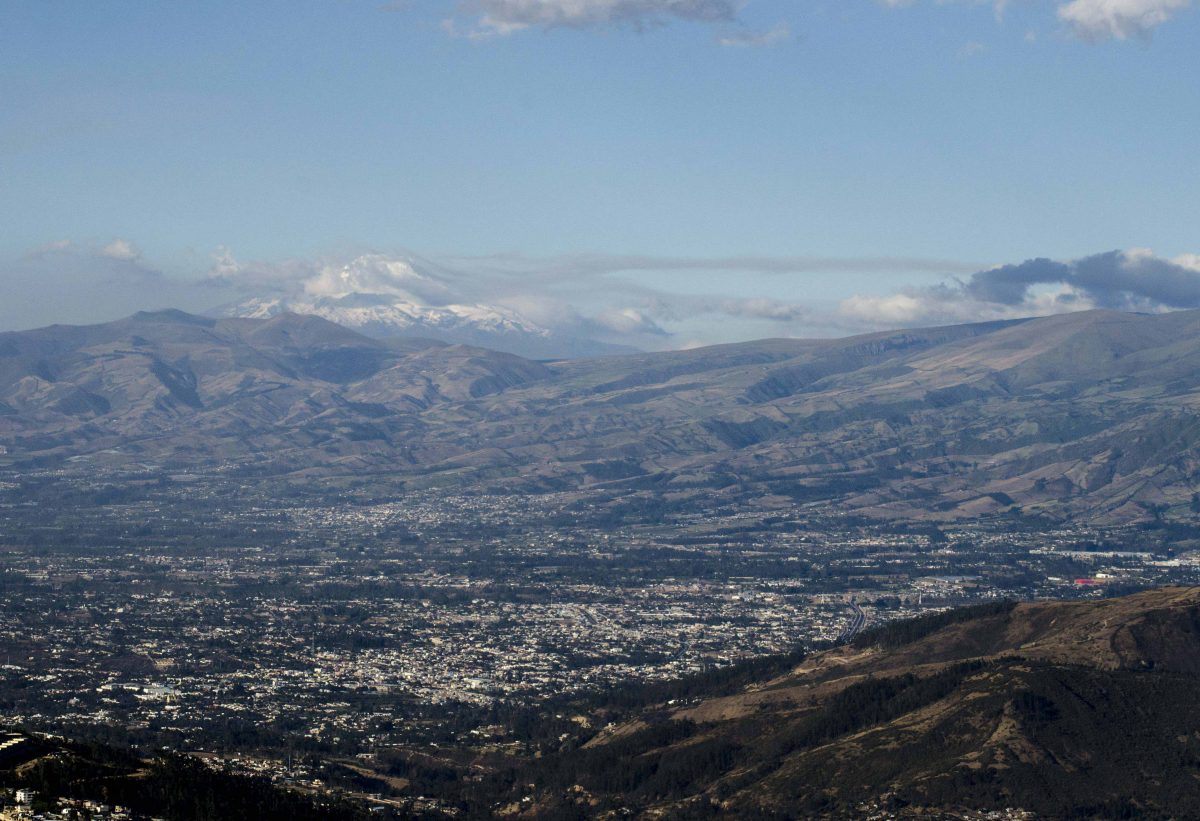
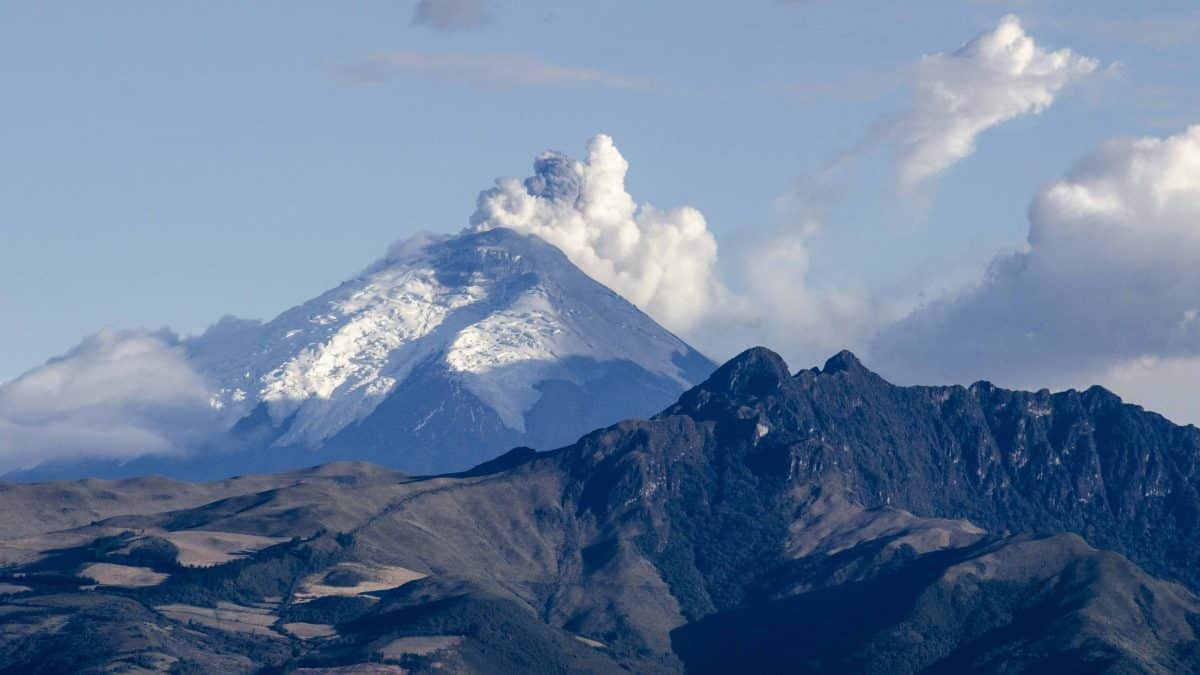


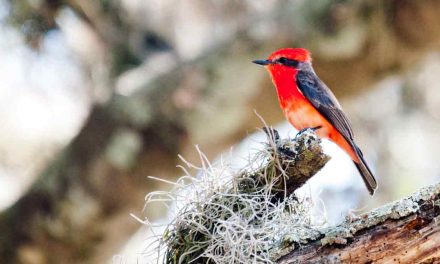
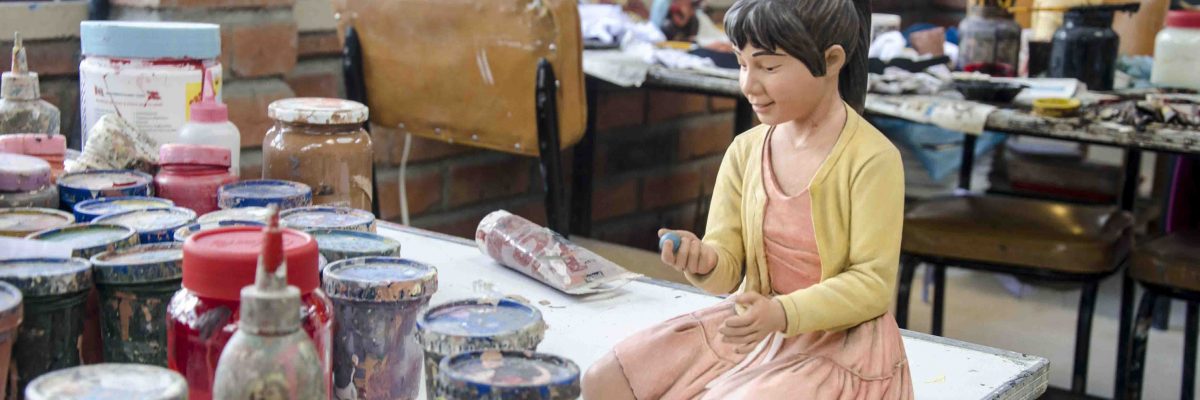

















I’m checking with some friends to see if anyone is tracking snowmelt. I may be engaging in wishful thinking, but hope not! ?
Let us know what you find out! I would be very curious to know if the snow is actually there under that ash or if it has melted.